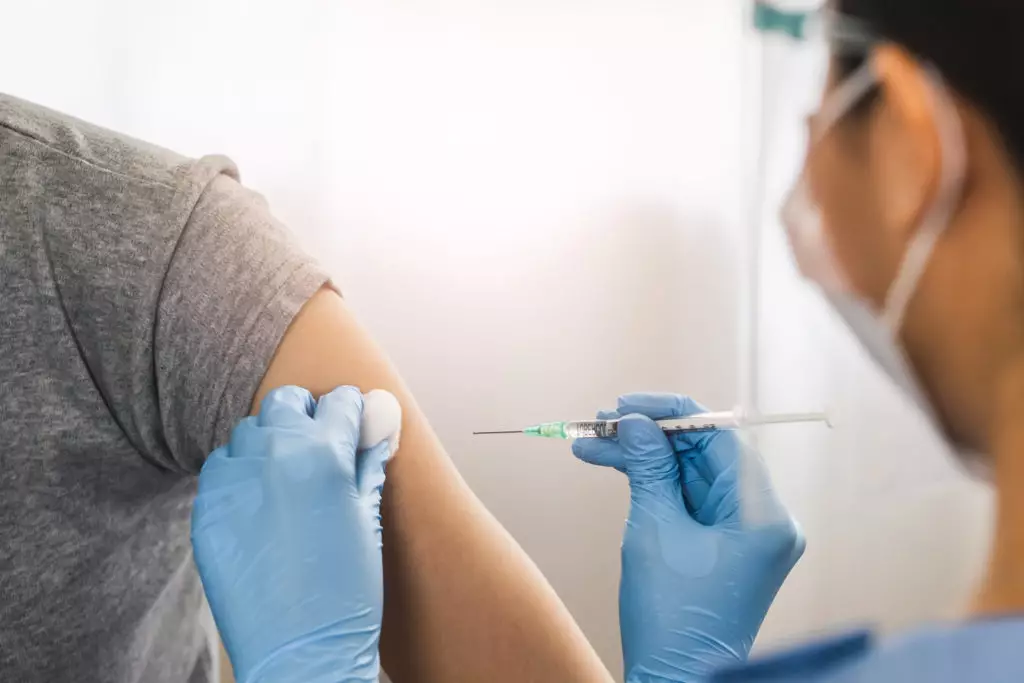
Prior to 2022, monkeypox has mostly remained endemic to Central and West Africa. Monkeypox was discovered in 1958 when a pox-like disease infected colonies of monkeys in Copenhagen, Denmark. The first human case was detected in a 9-month-old boy in 1970 in the Democratic Republic of the Congo, who likely caught the virus from contact with an infected monkey.
This year marks the first major outbreak of the disease to spread outside of the continent, first affecting the United Kingdom in early May. The transmission was linked to the infected individual’s previous travel to Nigeria. The disease has since spread to other European countries, Asia, the Americas, and Oceania.
Similar to smallpox and cowpox, monkeypox is a double-stranded DNA virus in the Poxviridae family. Like most poxviruses, symptoms include swollen lymph nodes, fever, chills, muscle aches, coughing, congestion, sore throat, and rashes, and can last from two to four weeks. It isn’t nearly as transmissible as COVID, but similarly, those infected might not experience obvious symptoms.
Unlike smallpox, which exclusively affects humans, monkeypox can be spread between both animals and humans. Transmission can occur through face-to-face contact, contact with rashes or body fluids, or from infected animal consumption or bites.

Since smallpox and monkeypox share many similarities, the smallpox vaccine has shown to be 85% effective in fighting monkeypox. “That’s why we have immunization shots. To protect against viruses.” says Woodgrove school nurse Stephanie Lovasz.